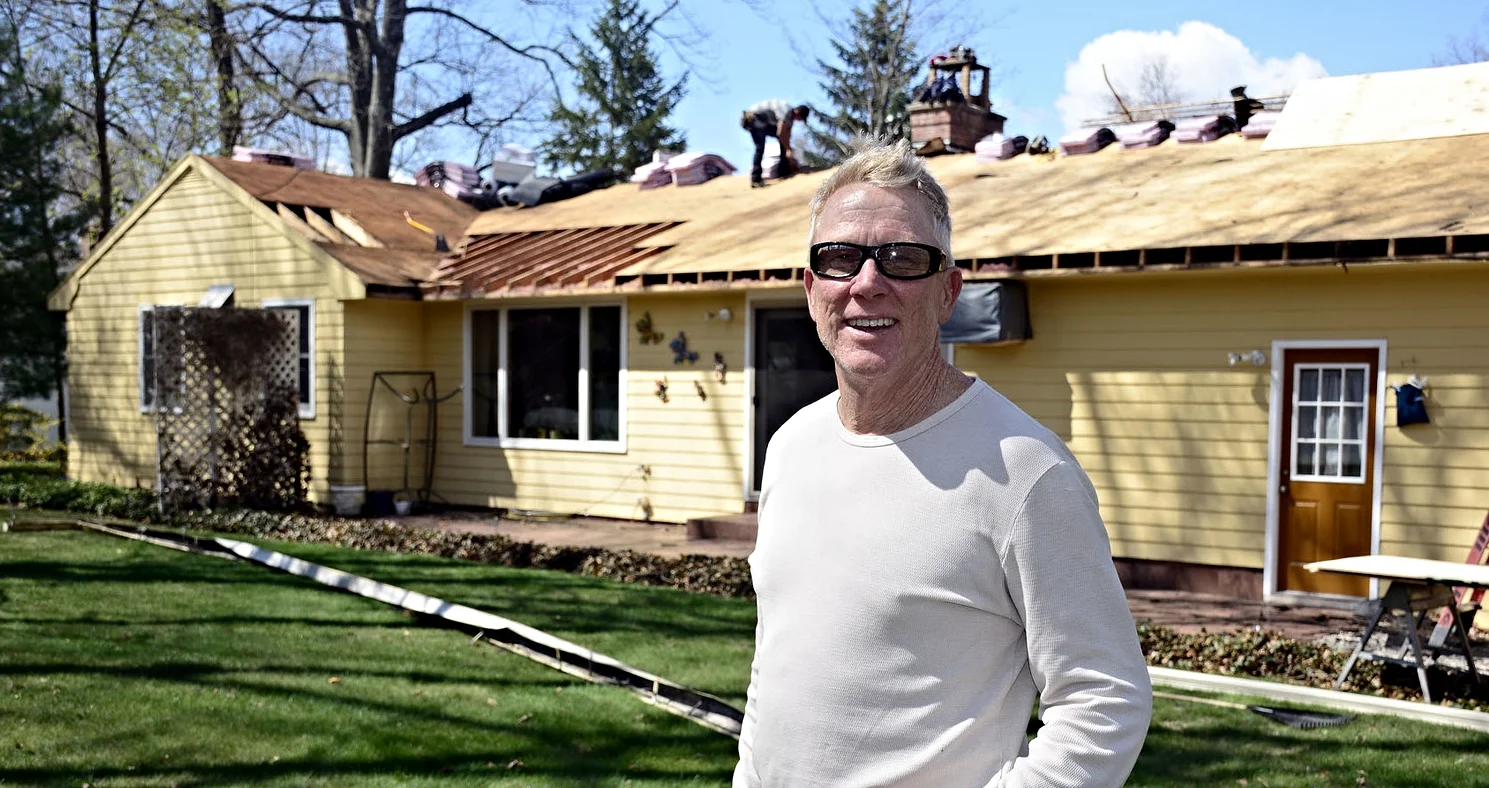Is It Time For A New Roof?
Chelsea O'Donnell
When was the last time you checked out your roof? If it has been a while, now is the time to do it. Most roof problems are caused by snow, wind, rain, and ice, making spring the perfect season to assess your home for damage.
When you look at your roof, what do you see? Are the shingles intact? Is any part sagging or discolored? Are there dark spots on the outside or ceiling cracks and yellowing on the inside? These can all be signs of a deteriorating roof. But how long is a roof actually supposed to last, and is a new roof worth the investment? Here are some things to think about when it comes to roof replacement.
How old is your roof? Roofs generally last about 20 years, and the reason I say generally is that the life of the roof depends on how it was installed and if it has proper insulation and ventilation. If a roof is done correctly, it can often last longer than 20 years. If you don’t know, it’s worth finding out, especially if you recently purchased your house or are thinking about purchasing one.
Are your shingles curling, splitting, or falling off? This could be due to age and general wear and tear. If this is happening, your roof will be much more susceptible to leaks, which can cause major problems both inside and out. Take a look at where your downspouts deposit onto the ground. If there are lots of granules, that’s a sign of shingle deterioration.
Do you see moss or mold growing on your roof? This is a problem that could be fixed with a simple roof cleaning, or it could be a sign that you have rotting wood and damaging moisture trapped under the shingles. A simple inspection will tell you if it’s a quick cosmetic fix or something more complex that needs to be repaired.
Are there yellowish-brown stains or cracking on the ceiling inside the house? This is likely water damage coming from the attic. This is a problem you don’t want to ignore as water is likely already entering the home and the problem won’t fix itself.
Many remodelers will do a roof inspection for free, so if you’re unsure about how your roof is holding up, consult with an expert. I always tell the homeowners how long I think their roof will last based on its current condition and the external environment. The number one reason roofs don’t make it through their warranty is because of poor ventilation and insulation, which lead to premature roof aging and rot. If you’re dealing with a good roofer, they will explain all the options available to you so don’t be afraid to ask questions.
Bob O’Donnell is the owner of O’Donnell Bros. Inc., a Bristol-based home improvement company established in 1975. Email your questions to info@odonnellbros.com with the subject line “Ask the Pro.” All questions may be considered for publication. To contact Bob for your remodeling needs, call O’Donnell Bros. Inc. at (860) 589-5155 or visithttp://www.odonnellbros.com. Advice is for guidance only.
